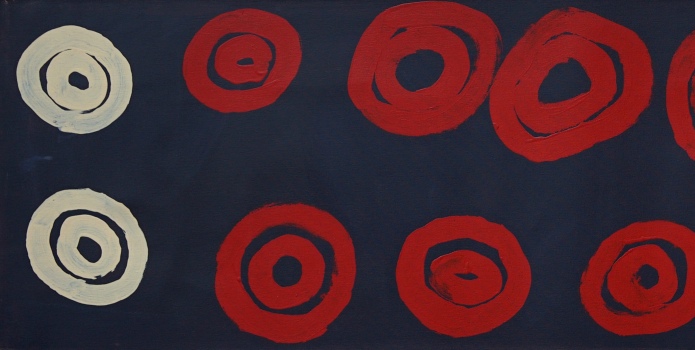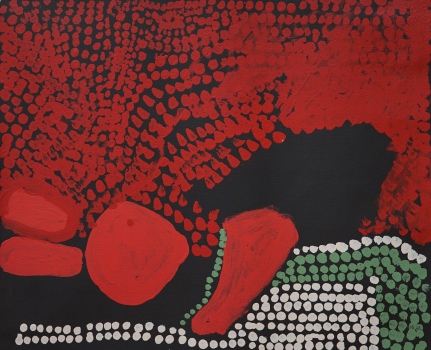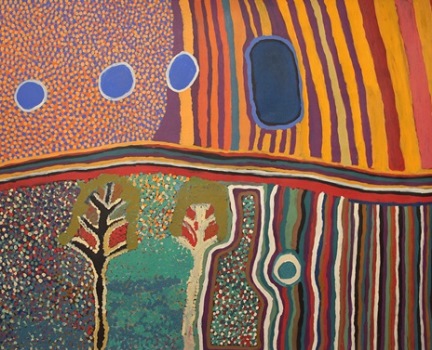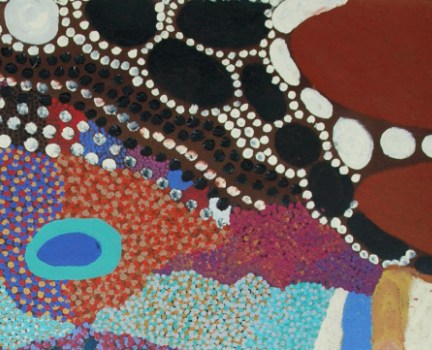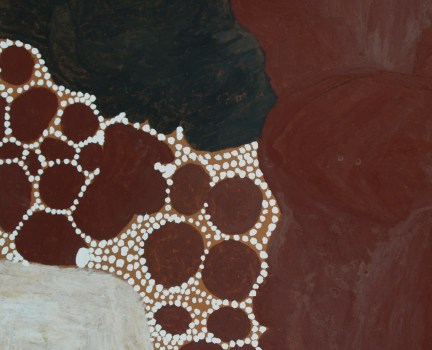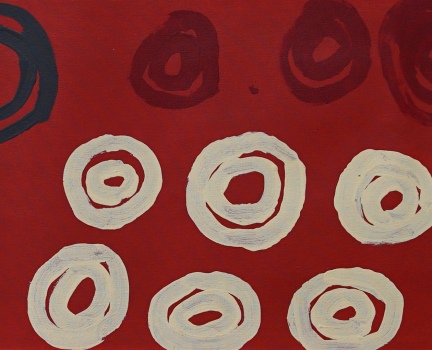The Canning Stock Route
Overview
The Canning Stock Route is the longest historic stock route in the world, running 1,780 Kms through the desert region of Western Australia. It was created as a stock route between the towns of Halls Creek in the East Kimberley and Wiluna in central Western Australia. The original purpose for the track was to bring cattle from the Kimberley region to the gold mining area around Wiluna.
Survey and Construction in the 1900s
Alfred Canning surveyed the track at the beginning of the twentieth century, and by 1910 his party had successfully made 52 wells that would allow cattle to be walked for a day to reach the next watering point. The Canning Stock Route was opened in 1911, but when the first few expeditions with cattle were mounted, there was a series of dangerous and tragic confrontations between stockmen and local Aborigines.
Local reports told how the desert Aboriginal people had traded with Canning’s party and also later with the stockmen, but misunderstandings often quickly arose and turned violent. The stock route was not greatly used between1911 to 1929 as it had gained a reputation as a dangerous journey to undertake.
Controversy
From the beginning the history of the Canning Stock Route was embroiled in controversy. Canning's team of builders had constructed the wells with the forced help of Aboriginal people whose land the route traversed, including Martu and Wangkatjungka people. Canning himself found it difficult to locate desert water sources. In order to gain assistance in locating water along the track, Canning captured several desert men, chained them, forced them to eat salt, and then waited until they got thirsty enough to lead his party to water.
First Contacts
Canning’s first survey team of 1906 were the first white people to enter the Great Sandy Desert, as they looked to find a series of waterholes that could be opened up as wells to create the Canning Stock Route. Their story relates how the first contacts were made between white settlers and the people of the Great Sandy Desert.
Artists and Oral Tradition
Parts of this story were also told by artists of the Wangkatjungka community, stories that were part of the oral tradition of Aboriginal families whose traditional country included waterholes that are part of, or adjacent to, the Canning Stock Route. Although it was not greatly used, the stock that did travel down this track had a profound effect on the traditional people. The first sightings of goats, camels, mules, horses and cattle caused great interest in the ways of the white people. In this part of the desert no large animals existed in the wild, so the sight of such large meat animals was greatly tempting to the Aboriginal hunters.
Wangkatjungka artists like Peter Goodijie and Willie Kew painted their own stories of the waterholes that their families managed in the desert, and referred to the incidents that were part of the history of the Canning Stock Route.
Peter Goodijie
Peter Goodijie lived with his family at Kulyayi near Well 42 on the Canning Stock Route. He recounts that his father and uncles killed some of the stockmen’s animals, a camel and some goats. Goodijie said that they killed the animals with a small axe, a tommyhawk.
But the leading stockman heard that the animals had been killed, he retaliated, and went after any of the Aboriginal group that he could find, trying to shoot anyone he came across. Goodijie said that he killed a number of Aboriginal people from his extended family group, in Goodijie’s words “Finish them, whole lot, shoot them.” Once the shooting started, the people ran to try to hide in the grasslands. Peter Goodijie was just a young child, and he and his brother hid in the Spinifex. Most of his immediate family survived the shooting, but many did not survive.
Trading
The incident highlights the tenuous relationships between white settlers and Aboriginal inhabitants along the Canning Stock Route. In order to trade with the stockmen who were on horseback, Aboriginal people followed the group along the track. The stockmen would trade flour, tea and sugar. But Aboriginal people were on foot, and to keep up with the travelling party, they did not have extra time to go hunting and gathering. Without meat after days on end, they were short of food, and whenever they killed livestock from the mob they enraged the stockmen. Conflict followed, and there were deaths on both sides.
Restoration in the 1920s
Once again in 1929 Alfred Canning was back in the desert country, commissioned to re-open the largely neglected Canning Stock Route, which had fallen into disrepair. He took another construction group and spent two years restoring the damaged wells. With these improvements, the track began to be used more frequently, and the Canning Stock Route was operational between 1930 and 1950.
Progress
With the arrival of better infrastructure in the Kimberley, improved roads and ports, transport and technology, livestock began to be sent by ship from Kimberley ports. Finally with the advent of refrigerated freight, the use of the Canning Stock Route ceased altogether. After a decade of non-use, in 1968 the first motor vehicles travelled the entire length of the track, and so today the historic Canning Stock Route is used as an adventure track for four-wheel drive enthusiasts.
Further reading:
- Willie Kew Paintings
- Collaboration Wangkatjungka Artists
- Stumpy Brown Paintings
- Canning Stock Route Project
- Ngupawarlu (Waterhole Dreaming) Story
Back to Aboriginal Dreamtime Stories

